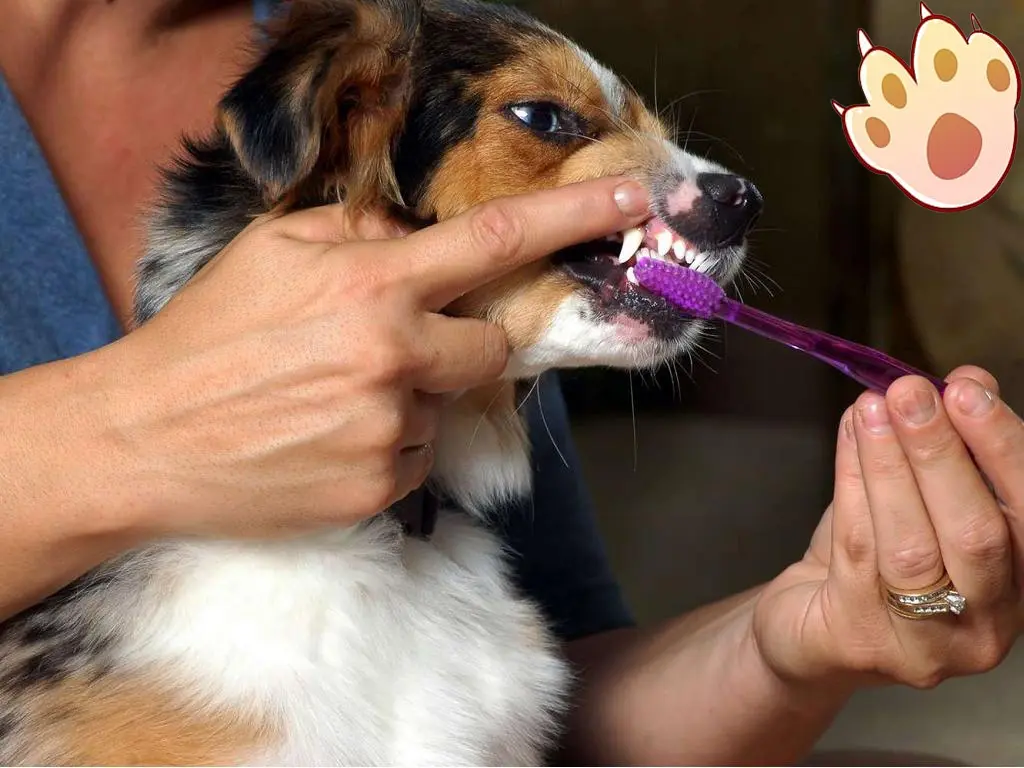
Dogs need dental care just like people do. Therefore, to prevent dental diseasee, vterinarians recommend having your dog’s teeth professionally cleaned once a year, and brushing your dog’s teeth daily. Actually, tooth brushing is the most successful way for removing plaque from dogs’ teeth.
It’s may take a bit of time and practice for making your dog uesd to brushing teeth daily. While, it’s worth gaining the health benefits. As we all know, dogs are more likely to learn new behaviors and routines with the help of rewards like treats and toys. Therefore, as time goes by, dogs may even used to brushing teeth! The article lists detailed processes for you to learn about how to brush your dog’s teeth.
This video is owned by the original creator on YouTube and is embedded in compliance with YouTube's Terms of Service. Our website provides independent commentary and analysis.
1.Choose a Good Time and Place for Teeth Brushing
When you train dogs to brush teeth, it’s important to choose a good time. You’d better brush your dog's teeth when they are calm and relaxed. And you need to set a routine. Although it’s ideal for brushing dog’s teeth every day. If their mouth is healthy, even three days a week can make a difference. Otherwise, if you don’t brush dog’s teeth, plaque will build up, putting your dog at risk for tooth decay, gum disease, and bad breath. It can also lead to painful infections. More worse, severe infection will spread, so that it will threaten your dog’s life.
In addition, selecting a good place for teeth brushing is important too. You need to make sure your dog is in comfortable place. Remember that don't stand over your dog, hold him down, or make threatening gestures. Try kneeling or sitting in front of or beside him. This way can relieve your dog's anxiety. If your dog seem restless or upset, please stop immediately and try again later.
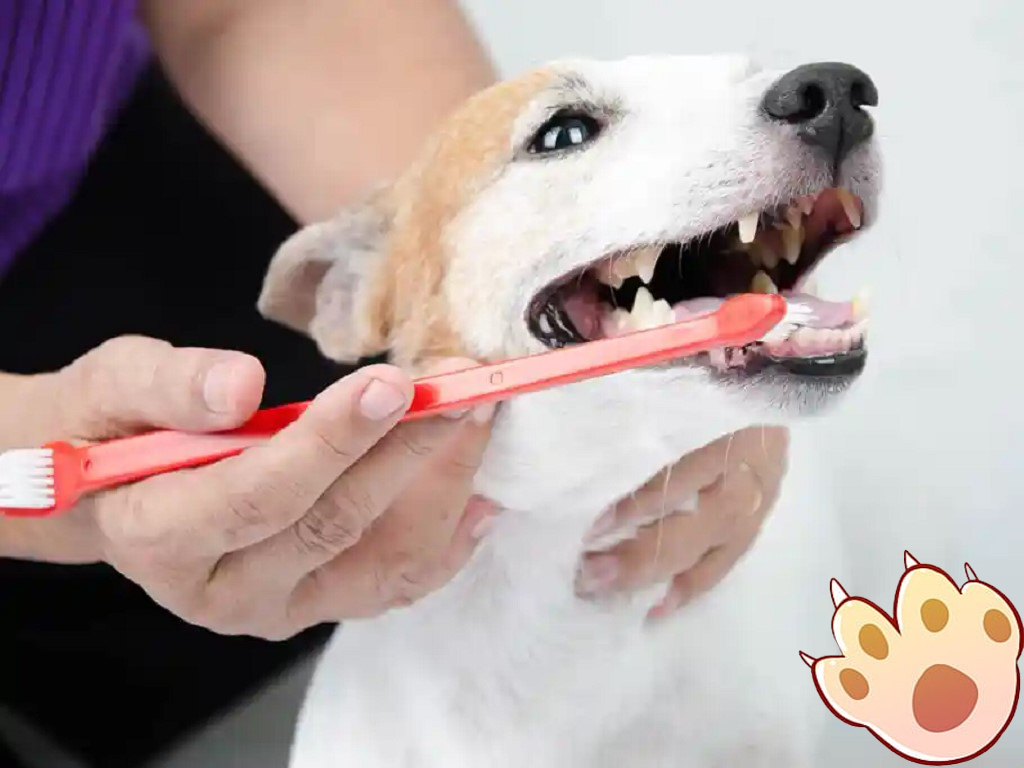
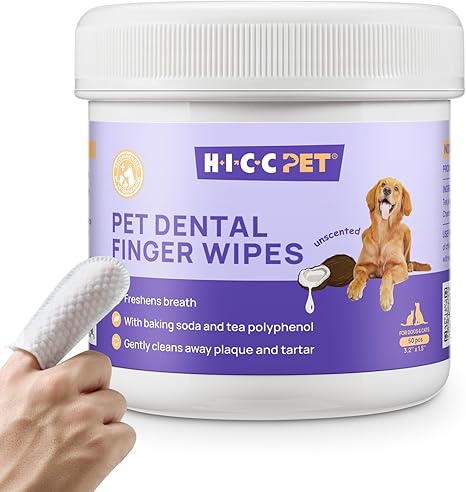 Check this dog tooth brushing kit on Amazon
Check this dog tooth brushing kit on Amazon
This post contains affiliate links. We may earn a small commission if you purchase through these links, at no extra cost to you.
2.Buy a Dog Tooth Brush and Dog Toothpaste
Buying a suitable tooth brush and toothpaste will help your dog get used to brushing teeth faster. It’s best to choose specifically-designed dog toothbrushes, which own angled handles, soft bristles, and even multiple heads, all these designs can help you clean all the tiny nooks and crannies in your dog’s mouth easier and faster.
In addition, buying dog-specific toothpaste is also important. Of couese, human toothpaste is not suitable for dogs. Because it contains toxic ingredients like xylitol and fluoride that could cause significant harm. You can choose toothpaste with different appealing falvors, such aspeanut butter, beef, and chicken.
In order to select best toothpaste and toothbrushes, you can try different combinations to see what your dog likes best.
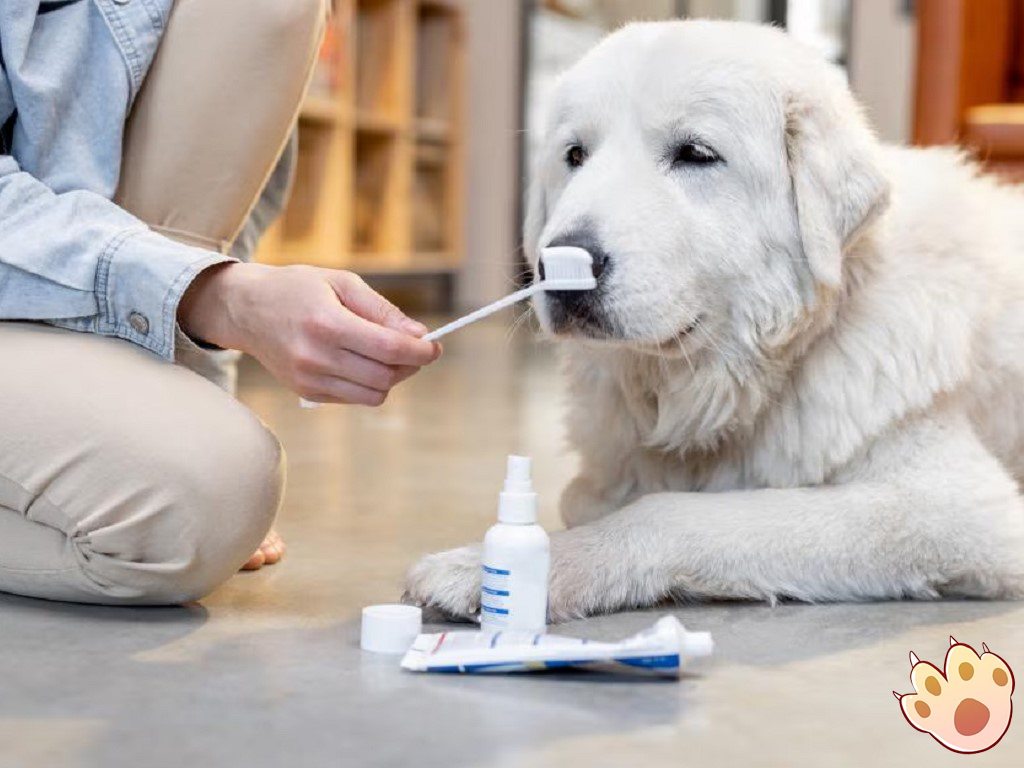
 Check this dog tooth brushing kit on Amazon
Check this dog tooth brushing kit on Amazon
This post contains affiliate links. We may earn a small commission if you purchase through these links, at no extra cost to you.
3.Get Your Dog Used to Toothbrushing
In all steps of teaching your dog to brush teeth, getting dogs used to it is the most critical and difficult. The following will help you to do better and faster.
3.1 Test Dog's Willingness
Before brushing your dog’s teeth, testing your his willingness is very necessary. You can touch your dog’s mouth by gentely rubbing your finger along his upper gums and teeth. Therefore, your dog can get uses to the feel of something against his teeth. And you need to get your dog comfortable with this over a few sessions before moving on.
3.2 Touch The Toothbrush to The Teeth
Next, gently touch your dog’s front, side, and back teeth—both top and bottom—with the toothbrush. Praise and reward your dog for tolerating this step.
3.3Put Dog Toothpaste on Your Fingertip
• Put some dog toothpaste on your fingertip. And then let your dog lick the toothpaste, so that he can get used to the texture and taste. If he refuse to lick toothpaste after a few days, try a different flavor.
• Once your dog get uesd to you opening and touching his mouth, you can start using the toothpaste and toothbrush together. You can gently lift your dog’s upper lip, once you arrpoach his teeth with the toothbrush, angle the bristles so they reach the gum line.
• Praise and reward. For dogs, brushing teeth is unnatural. Therefore, you can frequently praise your dog to turn this process into a positive experience. You can also reward your dog a treat at each step. This may seem a bit contradictory, you just brushed his teeth and then rewarded him with food. However, the initial goal is to teach skills, after which you can work towards removing food from the equation.
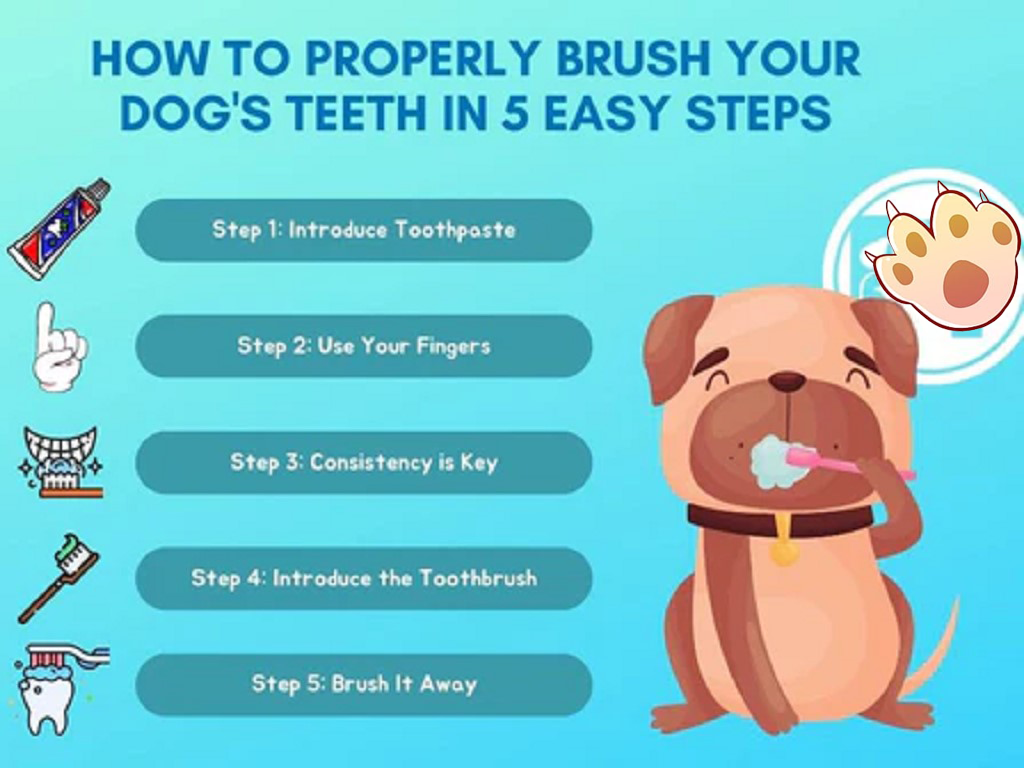
 Check this dog tooth brushing kit on Amazon
Check this dog tooth brushing kit on Amazon
This post contains affiliate links. We may earn a small commission if you purchase through these links, at no extra cost to you.
4.Signs Your Dog Has Dental or Gum Disease
Dental disease can appear quite suddenly, or progress over time and take months. Therefore, how to tell if your dog is experiencing dental disease? The follwing signs will remind that you need to pay attention to your dog’s dental health.
• Deposits build up on the teeth
• Gums be damaged and bleed
• Smelly - if the mouth is infected, it will give off a foul smell
• The sensitive root of the tooth be exposed and painful
• Discoloured teeth that die and fall out
• Refuse food, have difficulty eating or leave flecks of blood in their bowls
If your discover your dog has dental disease, you need to seek treatment under the guidance of your veterinarian. In this case, your dog will most likely require sedation or general anesthesia to properly examine his mouth. X-rays may also be required to reveal any abnormalities in the teeth or bones.
While, if your dog’s affected teeth aren’t too bad, he need to be scaled and polished to remove mineral deposits. While, if your dog is in more serious cases, such as broken or loose teeth, he may need to be extracted.
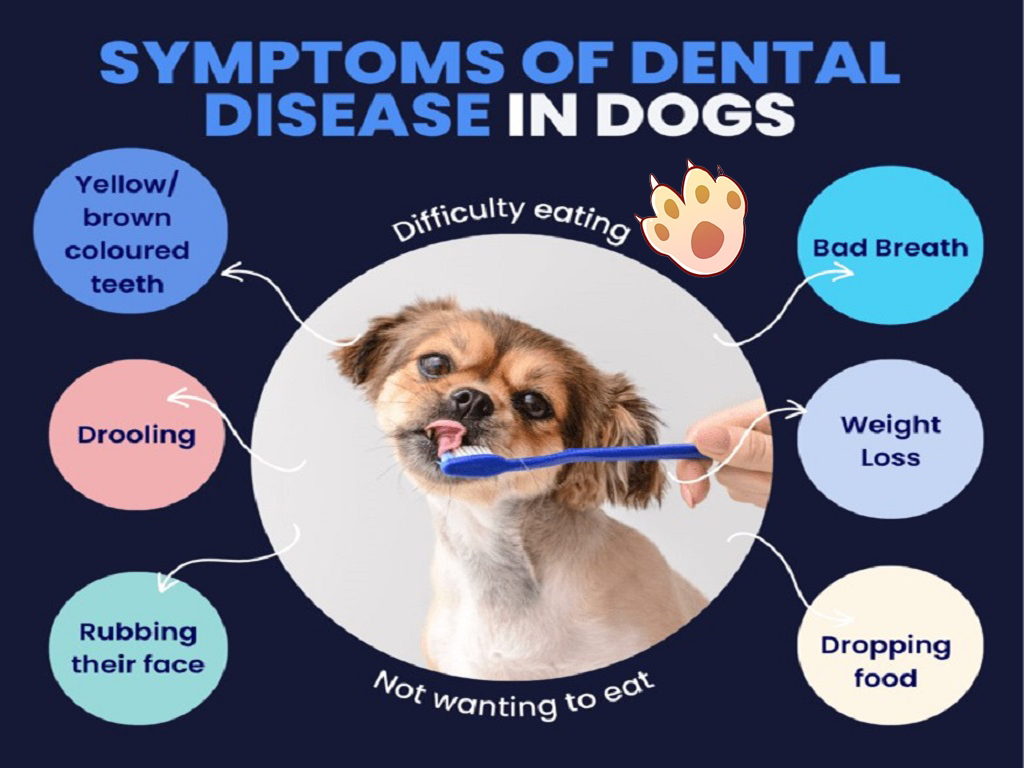
In summary, in order to make your dog have heahty dental, you need to let them get used to brushing teeth. Once you find your dog has dental disease, it’s important to seek help frem your veterinarian.
 Check this dog tooth brushing kit on Amazon
Check this dog tooth brushing kit on Amazon
This post contains affiliate links. We may earn a small commission if you purchase through these links, at no extra cost to you.
2018-2025 © PupsLover.All Rights Reserved.